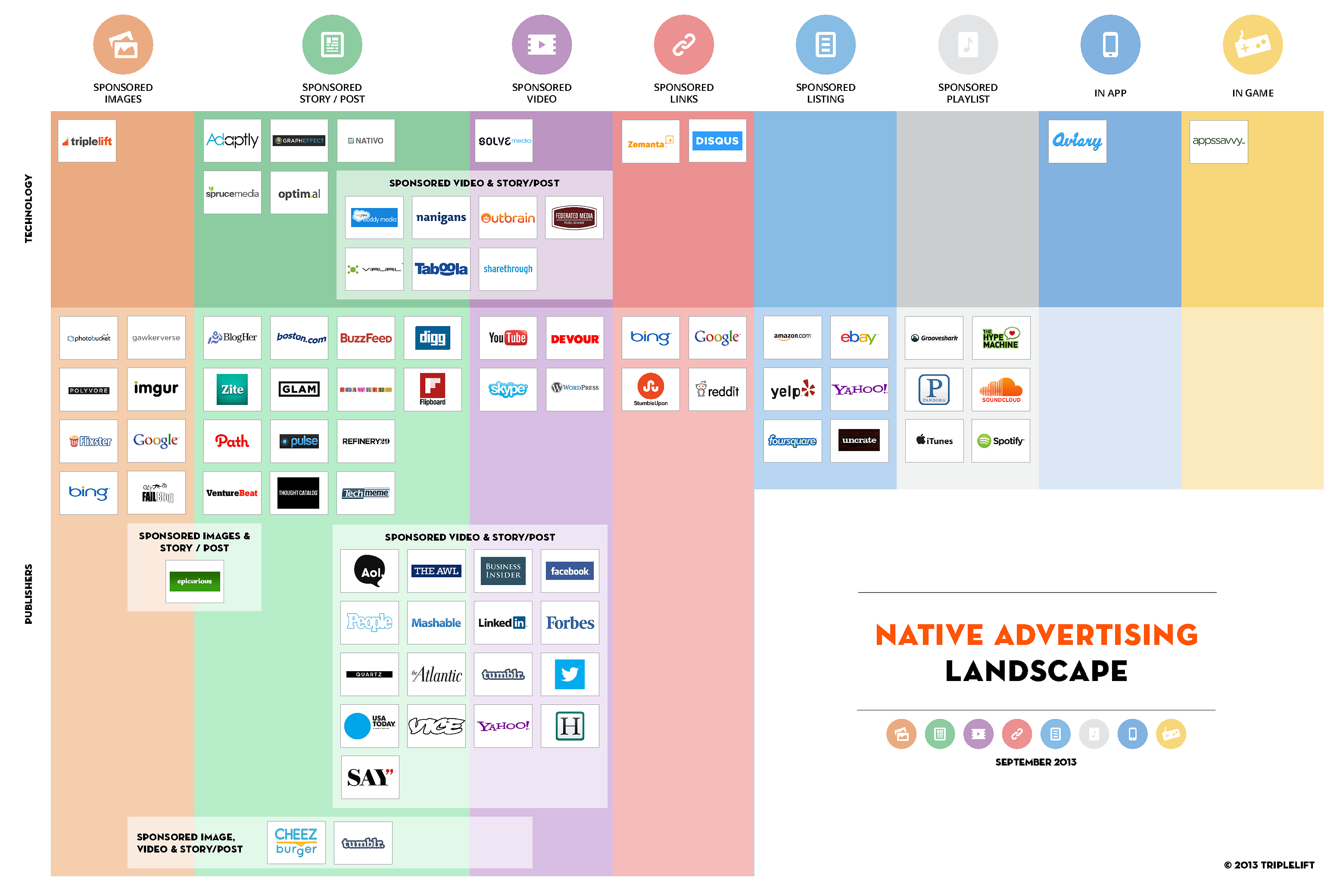Social network marketing is a poor strategy if your aim is new business, solid leads, and good traffic that converts.Playing around in the social networks *might* be good for branding, interacting with current and potential customers, but even that is questionable.
What is Social Network Marketing?
Social network marketing is diving (creating content that benefits your reader and you) into your social networks – Facebook, Twitter, LinkedIn, and Google+ with the sole aim of generating leads that convert into real business. Social network marketing is generally what people are thinking/hoping for when they ask me, “Bill, can you help drive people to my web site?” Most social network marketing is all about getting people to click-through to another site/landing page where they can ‘convert’.
Social network marketing doesn’t work for several reasons
1. Driving is a poor, make that a lousy, strategy. Pushing people to go places they weren’t planning to go online, or in the real world for that matter, just doesn’t work. The ROI on time invested is terrible. Pulling people is the best strategy. This means that giving people something worth finding is at the heart of a solid content marketing strategy. I demonstrated how a very aggressive social network marketing strategy can indeed increase traffic to your home site, but the cost in time with return on money made isn’t worth it.
2. Your social networks will tire of you and your marketing. Even you really think you are doing a favor to your 1000s of, ahem, ‘intimate’ friends and 10s of thousands of deeply loyal followers, and 100s of people in your circles and the circles you are in, plus your 100s of business connections, truth is, they are not in your social network so you can ‘do them a favor’. If it smells like marketing, they know it’s a duck. You can see in the graph below how one of my students got her friends and family to come to her site by marketing to her Facebook network. Notice how the numbers dropped off by the week until she finally gave up and let organic growth do it’s thing.
3. Referrals from social networks aren’t good shoppers. Historically, visitors that come to my website from a social network referral perform very poorly. That is they don’t turn pages. They don’t look at ads. They don’t buy. More often than not they will look at whatever they were sent to see, then smile, laugh or swear, then back out = bounce. And we know that a bounce is the worst thing that can happen to your site. Search engines understand that a bounce = the visitor came but didn’t like what they saw and left = poor quality that results in a worse ranking going forward.
4. The numbers don’t add up. Best estimates are that it costs $1 – 1.50 to acquire a Facebook fan. And it costs more to keep the fan. Harley Davidson and Victoria Secret estimate that about half of one percent of anything posted on Facebook is only seen by the person who put it there. What that means is that I, or somebody I pay, must update my Facebook page 200 times before somebody MIGHT see what I did. I need 100 ‘people saw this’ to maybe get one click-through to a site where I want them to take action. And I need 100 click thrus to get a 1% action rate. That’s 200 updates times 100 times 100. I either need to be a mad dog on my Facebook or have a lot more friends. But remember, friends cost money. Visit any of the Facebook pages of your favorite star, company, hero. Find out how many fans they have. Look at how often they update. Check the number of comments and divide by the number of commenters/likes by the total of number fans. What’s the percentage?









